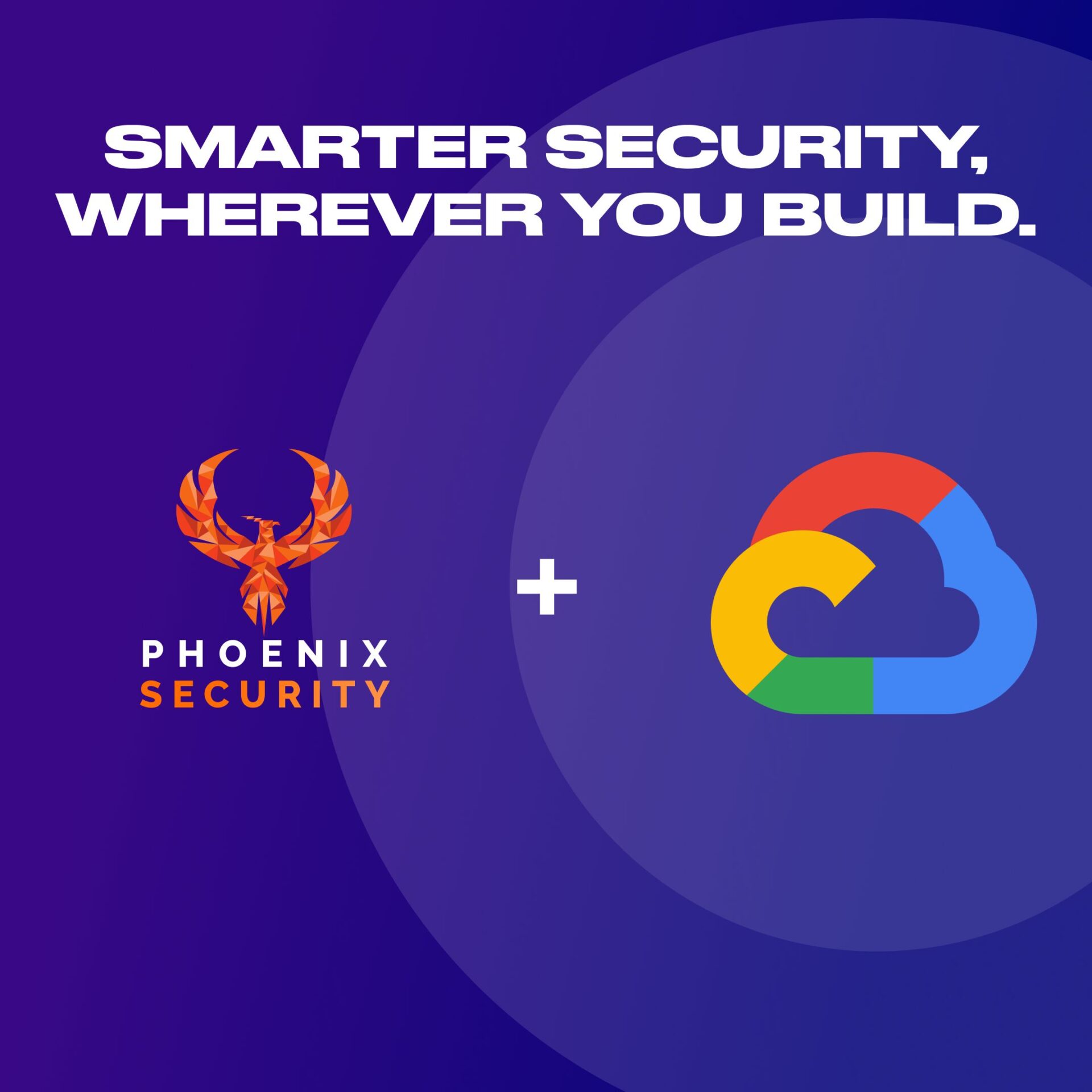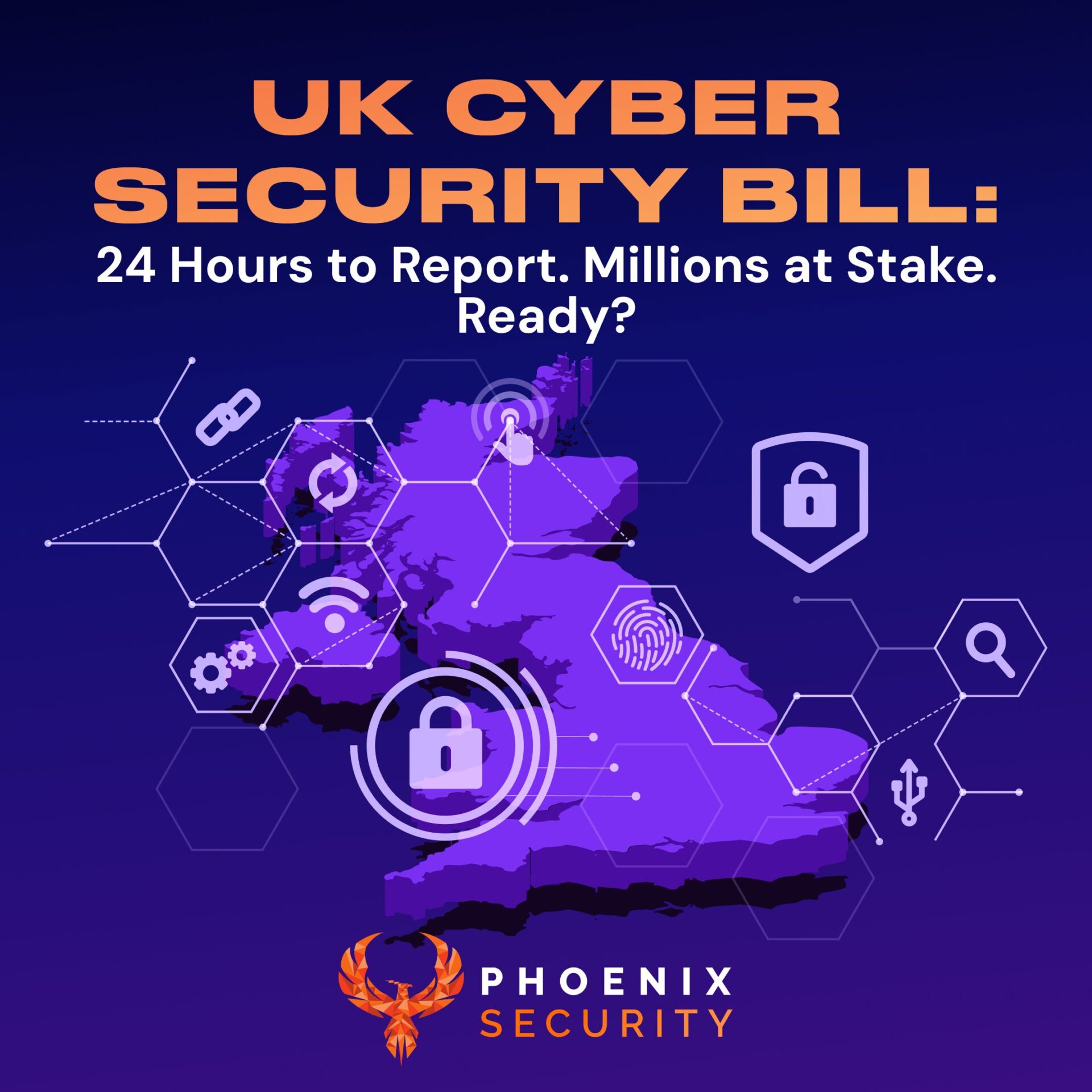Who are we:
We are a vulnerability management company, enabling organizations to prioritize contextual vulnerabilities from code to Cloud. Francesco Cipollone and Alfonso Eusebio founded Phoenix Security. We were fed up with the status quo of how vulnerabilities were addressed in the enterprise world and decided to change the paradigm.
The world has changed.
Cloud and DevOps have shifted how applications and software are built.
Open-source and no-code have changed the speed and time it takes to create software.
In the same way, the Cloud and Containers have changed how software is run.
In all this landscape change, we are still trying to address vulnerabilities in the same antiquated ten-year-old method, with manual triage and manual assessment calls. What’s the result? Security teams are drowning in a sea of red/critical alerts that are un-contextualised and spending time arguing with businesses on all the problems that need to be solved. The business leaders don’t speak the vulnerability language and only understand risk and the money spent to reduce risk.
Now is the time for a paradigm shift and to tear down the language barriers.
Security Teams are drowning in alerts, and developers-security interaction is at the highest friction point.

Every time a major vulnerability hits, there is a panic drill as everyone scrambles to find where the vulnerability is and which asset is at risk.
In the meantime, highly exploitable vulnerabilities in business-critical applications get missed. It is a matter of priorities, and the security/development team doesn’t currently have the contextual view required to fight back against attackers.
Hoping to find critical vulnerabilities in this chaotic scenario is very hard and leads to more pain and mistakes than anything else.
Triaging vulnerabilities manually doesn’t work either, as it leads quickly to alert fatigue and security teams burning out.
Stop the busy work, and focus on the 10% of vulnerabilities that matters.
Imagine a world where triaging is automated and contextual-based vulnerabilities are automatically raised with the relevant development team.
Imagine a world where a security team’s time is freed from manual triaging, enabling them to focus on what’s most important.
Imagine a world where a security professional can cover up to 40 individual development teams.
Imagine a world where 1 hour of effort can deliver the equivalent of 2 days of manual work.
Imagine being ‘that’ security professional that helps multiple development teams to make their life easier, not harder.
Imagine having all security intelligence across Cloud, code, and team behaviour.
Imagine doing strategic security changes while the triage is automated and the most important vulnerabilities are delivered to the right teams.
Imagine performing in 1 hour, the equivalent of 2 days worth of security triage and assessment. Isn’t that the vulnerability management dream?
The key?

We believe in reducing burnout and simplifying the world across CVE in the application, Cloud security and infrastructure.
We believe in working smart, not hard, and helping security teams collaborate and seamlessly with developers and engineers.
We believe security professionals and developers can regain their IKIGAI, their passion for developing good quality code and focusing on what’s most practical.
To do so, you must remove the noise, contextualize vulnerabilities, and bring in the management team with cyber risk quantification.
Enter Phoenix Security

Removing noise, contextualizing vulnerabilities, translating vulnerabilities into risk, and bringing the whole organization on the security journey towards a path to green.
Shifting the paradigm from security begging for fixes to be implemented into risk-based targets owned by the business and accelerated by security, building with confidence, and securing what matters most.
Why the Phoenix? We wanted to shift the paradigm, improve DevSecOps methodologies, and evolve triaging the security teams and organizations. Security is an ever-changing and ever-mutating field, and the phoenix was the right icon to symbolize that evolution and change.
We come from thousands of programs, from small to scale, and have seen the pain and said no more. We want to give the security team the freedom to work strategically and not burn out.
We want to shift back ownership of the business and reset the paradigm as it should. Security must be a business-driven approach accelerated by the security team.
Our brand is also a nod to the Phoenix project by Jane Kim.
Come act on risk, fix vulnerabilities and regain security pleasure with Phoenix.

















